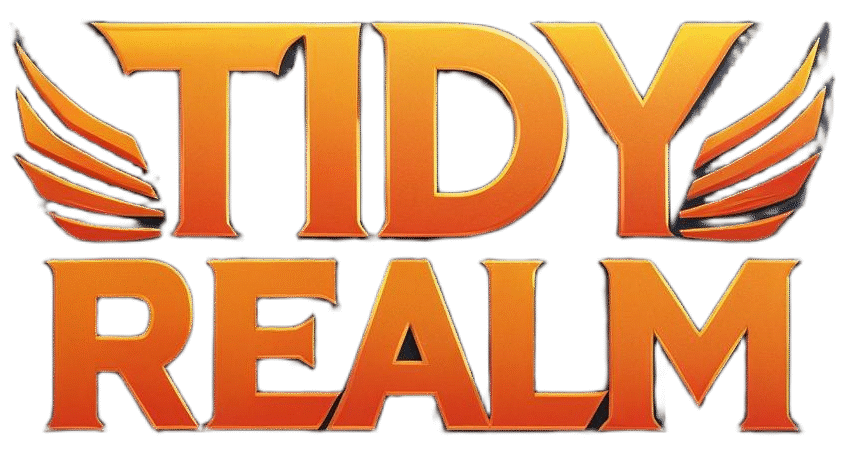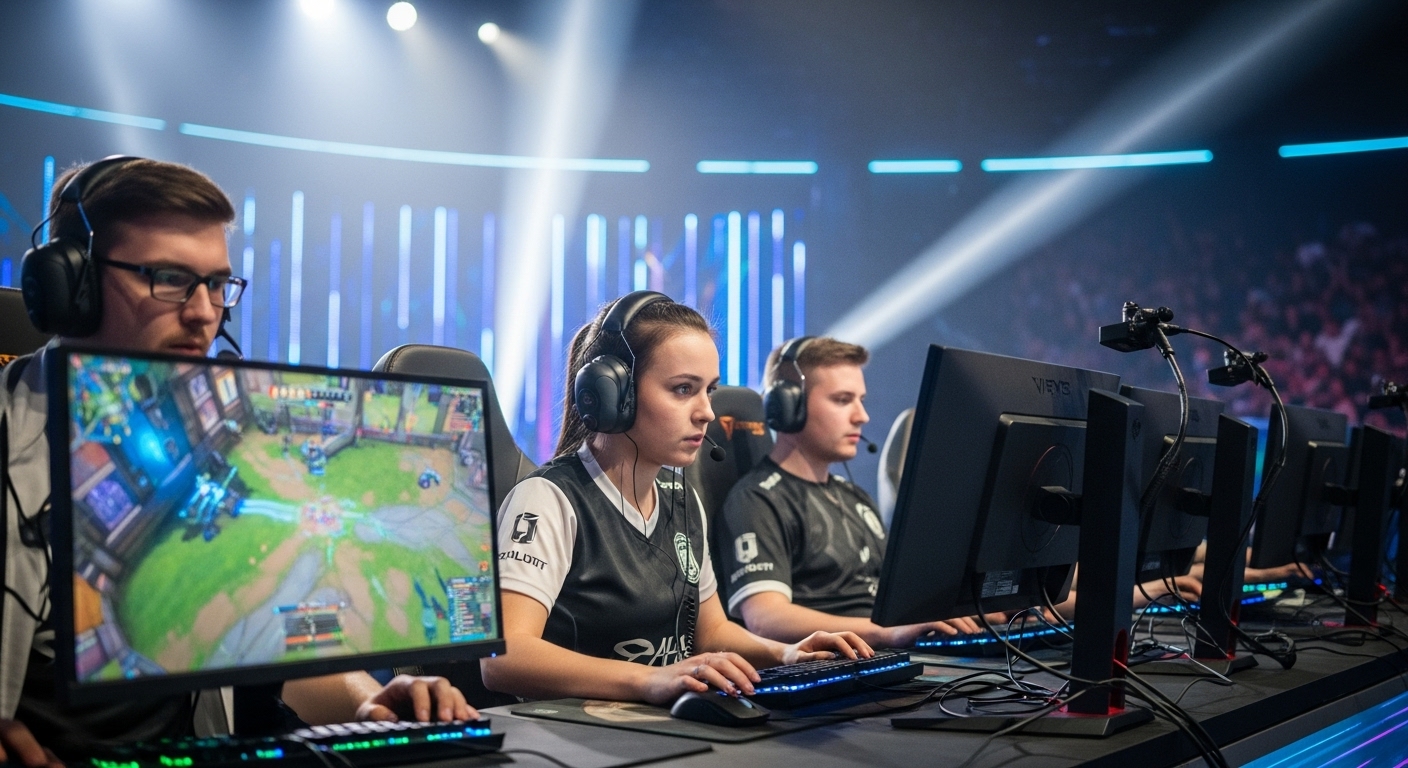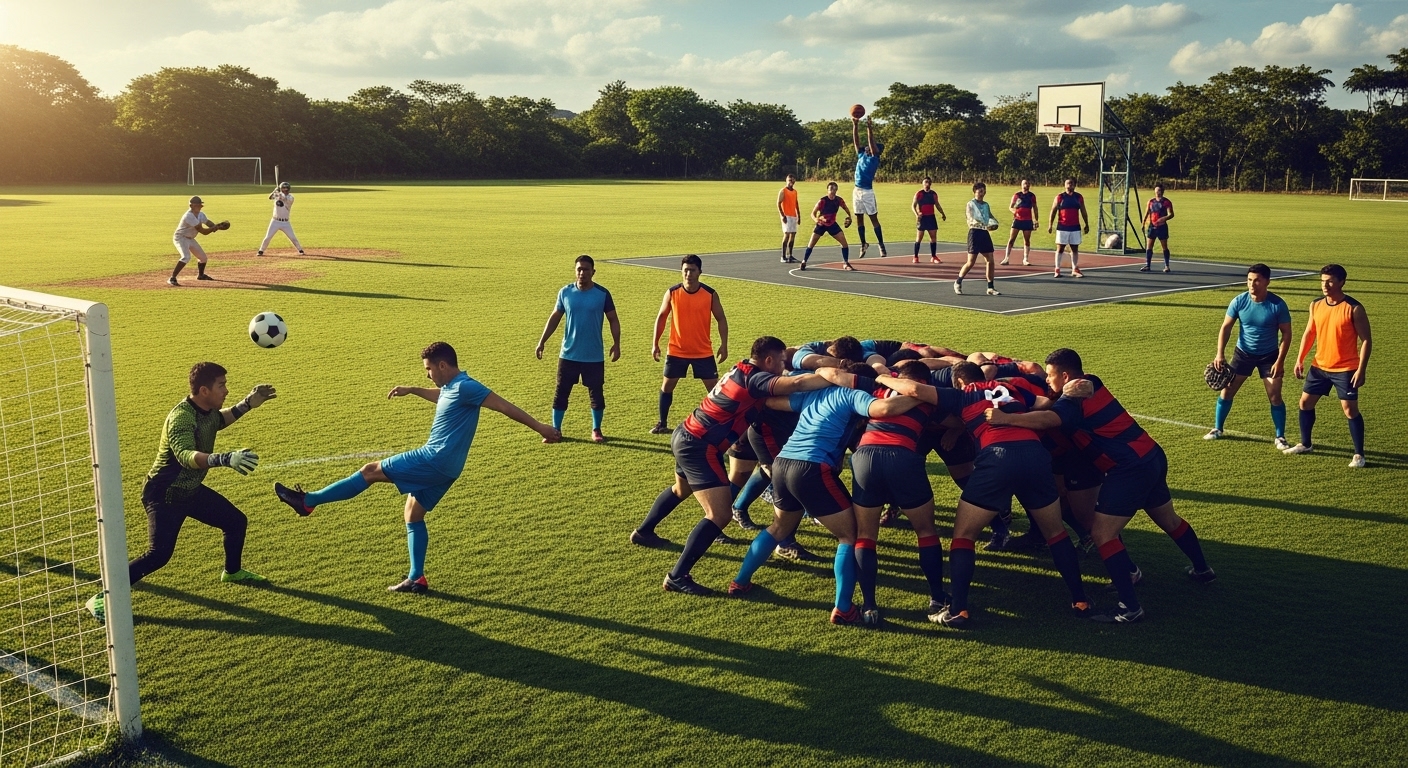For decades, sports were defined by physical strength, endurance, and athletic ability. Footballers sprinting across green pitches, basketball players soaring for slam dunks, sprinters pushing their bodies to the limit on the track—these were the athletes who inspired millions. But in the last two decades, a new kind of athlete has emerged, one that challenges traditional definitions of sport and competition. Esports athletes, once dismissed as hobbyists or casual gamers, have risen to global stardom, commanding massive audiences, sponsorship deals, and respect as competitors on the highest stage.
The rise of esports athletes has been one of the most remarkable cultural shifts of the twenty-first century. No longer confined to basements or local arcades, these players now perform in packed arenas with millions more watching online. They are part of a booming industry worth billions, and their names are spoken with reverence by fans just as much as those of Lionel Messi, LeBron James, or Serena Williams. To understand this transformation, it is essential to explore how esports became a global phenomenon, how its athletes achieved recognition, and what the future holds for this fast-growing world.
From Niche Hobby to Global Stage
Video gaming has been around since the late twentieth century, but competitive gaming in its earliest form was small and local. The first recognized video game competition took place in 1972 at Stanford University, where students played Spacewar. The idea of organized competition grew slowly, with arcade game contests in the 1980s and PC gaming tournaments in the 1990s. Still, esports remained niche, overshadowed by traditional sports.
What changed the trajectory of esports was the internet. With the rise of broadband connections in the late 1990s and early 2000s, multiplayer gaming became more accessible. Titles like Counter-Strike, StarCraft, and Warcraft III brought players together across the globe. Competitions grew more structured, with leagues and tournaments forming. South Korea, in particular, became a hotbed of esports, with television networks broadcasting matches and players achieving celebrity status. The seeds of the esports revolution had been planted.
The Explosion of Popular Titles
Esports’ rise is closely linked to the games that fueled it. Each era brought with it new titles that attracted dedicated players and fans. StarCraft became a national obsession in South Korea, producing legendary players like Lim Yo-hwan, better known as BoxeR. Counter-Strike and its successor Counter-Strike: Global Offensive created one of the most enduring esports scenes.
In the 2010s, multiplayer online battle arena (MOBA) games like League of Legends and Dota 2 emerged as global giants. Their strategic depth, team-based play, and massive tournaments drew millions of viewers. Riot Games’ League of Legends World Championship and Valve’s The International became iconic events, with prize pools that rivaled traditional sports tournaments. Simultaneously, first-person shooter games like Call of Duty and Overwatch built thriving competitive ecosystems. Battle royale games such as Fortnite introduced a younger generation to esports, blending competition with entertainment in ways never seen before.
Each of these games created not just competitions but entire cultures, with players, teams, and fans shaping a new sporting landscape.
The Professionalization of Esports Athletes
For esports athletes to be recognized alongside traditional athletes, professionalism was key. Early competitive gaming lacked structure and financial support. Players often competed for modest prizes, relying on passion rather than stability. But as esports grew, so did the infrastructure around it.
Professional organizations emerged, signing players to contracts, providing salaries, and investing in coaching and training facilities. Teams like Fnatic, T1, Cloud9, and Team Liquid became household names in the esports world, functioning much like traditional sports clubs. They offered nutritionists, psychologists, and analysts to optimize player performance. Players began to dedicate their lives to training, practicing for hours each day, studying strategies, and working with teammates to perfect coordination.
The perception of gamers as casual players in dark rooms faded. Esports athletes proved that their craft required the same dedication, discipline, and mental toughness as any traditional sport. Reaction times, decision-making under pressure, teamwork, and strategic thinking became recognized as athletic skills in their own right.
The Global Audience
Perhaps the most striking feature of esports’ rise is the sheer size of its audience. Esports has become a cultural juggernaut, with viewership numbers that rival and even surpass some traditional sports. Platforms like Twitch, YouTube Gaming, and Facebook Gaming have made watching esports accessible to anyone with an internet connection. Major tournaments fill entire stadiums, from the Staples Center in Los Angeles to the Bird’s Nest in Beijing.
The 2018 League of Legends World Championship had more than one hundred million viewers, comparable to the Super Bowl. The International, Dota 2’s flagship tournament, consistently offers prize pools exceeding forty million dollars, funded largely by the community itself. Fortnite’s World Cup in 2019 crowned a sixteen-year-old champion who won three million dollars, a prize that grabbed headlines worldwide.
Esports has become not just entertainment but an event, with opening ceremonies, music performances, and elaborate production rivaling the biggest sporting spectacles. The audience is young, diverse, and global, making esports one of the most dynamic industries in the world.
Breaking Barriers and Gaining Recognition
One of the biggest milestones for esports athletes has been recognition beyond the gaming world. Governments, sponsors, and traditional sports institutions have acknowledged their significance. Some countries grant esports players athlete visas, treating them the same way as professionals in traditional sports. Universities offer esports scholarships, and schools incorporate esports programs into their curricula.
Corporate sponsorships have poured in, with brands like Coca-Cola, Intel, Nike, and Red Bull investing in esports. Mainstream sports organizations have also embraced it. The NBA created the NBA 2K League, while football clubs like Paris Saint-Germain and Manchester City have their own esports divisions. Even the International Olympic Committee has explored ways to integrate esports into the Olympic movement.
This recognition validates esports athletes as legitimate professionals, breaking down stereotypes and expanding their opportunities on and off the stage.
The Lifestyle and Challenges of Esports Athletes
Despite the glamour of big tournaments and huge prize pools, the life of an esports athlete is demanding. Players often train for eight to twelve hours a day, balancing practice with fitness, nutrition, and mental health management. The pressure to perform can be intense, as careers are short and competition is fierce.
Unlike traditional athletes whose careers may span decades, esports players often peak in their late teens or early twenties. Reaction times slow with age, making longevity difficult. Injuries like wrist strain or back problems are common, and burnout is a constant risk. The mental toll of performing under the watchful eyes of millions, dealing with online criticism, and maintaining peak performance adds another layer of challenge.
Esports organizations are increasingly aware of these pressures, investing in player welfare and support systems. Athletes who manage to balance these demands while performing at the top level achieve legendary status in the community, inspiring future generations of gamers.
Esports Icons and Legends
The rise of esports athletes has given birth to icons whose names are etched in gaming history. Faker, the South Korean League of Legends superstar, is widely regarded as the greatest player in the game’s history. His dominance with T1 and his unmatched consistency have made him a global figure.
Dota 2 has seen legends like Dendi and KuroKy, players who not only won championships but shaped the game’s competitive meta. Counter-Strike legends such as s1mple and f0rest are celebrated for their skill and impact on the game’s legacy. Fortnite’s Bugha became a household name when he won the 2019 World Cup at just sixteen years old, showing the world the potential of young esports stars.
These players, much like athletes in traditional sports, become role models and heroes for millions. Their journeys inspire others to pursue competitive gaming, proving that esports is not just a pastime but a viable career.
The Cultural Impact of Esports
The rise of esports athletes is not only about competition but also about culture. Esports has created a global community that transcends borders and languages. Fans gather online and offline to celebrate their favorite players and teams. Memes, fan art, and social media interactions form a rich culture that mirrors and sometimes surpasses traditional sports fandom.
Esports also intersects with broader entertainment. Collaborations between games and popular artists, such as Travis Scott’s virtual concert in Fortnite, blur the lines between gaming, music, and culture. Streaming platforms allow players to connect directly with fans, building personal brands that extend beyond tournaments. The influence of esports can be seen in fashion, technology, and media, making it one of the defining cultural movements of this century.
The Future of Esports Athletes
Looking ahead, the trajectory of esports athletes is only upward. The industry is expected to continue growing, with expanding global audiences and increasing investment. As technology evolves, virtual reality and augmented reality may create new competitive formats, further blurring the line between physical and digital sports.
Esports may also find a permanent place in multi-sport events like the Olympics, bringing further legitimacy to the athletes. With better infrastructure, support systems, and recognition, the careers of esports players may lengthen, allowing them to thrive beyond their twenties. Moreover, as younger generations grow up with gaming as a normal part of life, the cultural acceptance of esports will only deepen.
Conclusion
The rise of esports athletes is one of the most remarkable stories of modern sports and culture. From small beginnings in arcades and LAN parties to filling stadiums and commanding global audiences, these players have redefined what it means to be an athlete. They train with discipline, compete with passion, and inspire millions with their skill and dedication.
Esports is no longer the future; it is the present. The athletes who dedicate themselves to it are pioneers, pushing the boundaries of sport and entertainment. Just as Muhammad Ali, Michael Jordan, or Serena Williams inspired generations in their sports, esports athletes like Faker, s1mple, and Bugha are doing the same for a new era. Their rise is not only about gaming but about proving that excellence, competition, and passion can take many forms.
As esports continues to grow, one thing is certain. The legends being created today will be remembered not just as gamers but as athletes who changed the world.


